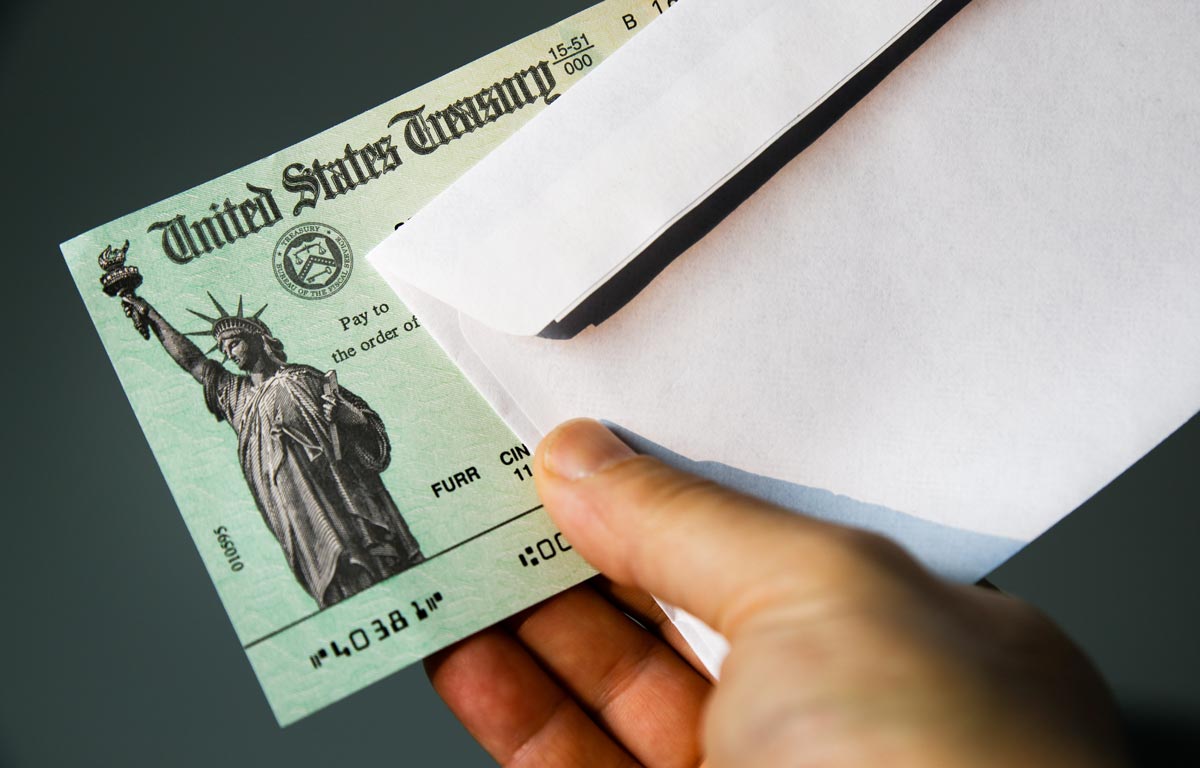Getting a credit card can be a great way to build your credit score. However, you may also have heard stories of people ending up in credit card debt with exorbitant interest rates! This might make you nervous about embarking on the journey of signing up for a credit card.
We promise it doesn’t have to be daunting. There are some straightforward ways to effectively use a credit card while building, not hurting your credit.
We’ve created this guide to walk you through the process of how to get your first credit card and use it responsibly. From understanding APR to managing your credit use each month, check out our helpful tips to get started.
Important Credit Card Terminology
Here’s some vocabulary to help you speak the language of credit card companies.
Annual fee: Some companies charge an annual fee to use their credit cards. These are relatively rare nowadays, but some elite cards may still charge them.
Annual percentage rate (APR): The annual interest rate you will be charged if you do not pay your bill in full by the due date.
Credit limit: The amount of money you have available to spend on your credit card (usually monthly).
Credit utilization ratio: A ratio of the amount of credit you have available and the amount you have used.
Minimum payment: The minimum payment you are required to pay each month to remain in good standing with your card company. Any remaining balance accrues interest.
Managing Your Credit Card Use
If you decide to get a credit card, it’s important to use it responsibly. It’s a good idea to have a steady stream of income before applying for a card, and ideally to have an emergency fund saved up just in case.
Here are some guidelines to help you build your credit:
- Pay your bill in full on time, every time
- Choose a convenient payment due date
- Don’t use your entire credit limit, limit yourself to 20-25%
- If possible, set up automatic payments
If used responsibly, credit cards can help you build your credit score, making you a good candidate for loans, apartment leases, and mortgages in the future.
Choosing Your First Credit Card
You can apply for a credit card through your local bank or credit union, a credit card company, or online financial institutions.
Your current bank or credit union is a good place to start. If you have a credit union near you or are a member of one, they often offer low-interest rates and exceptional service. For your first card, this can be a great place to start – especially as you navigate your first time as a credit cardholder.
Credit-building cards
There are a lot of credit cards out there. If you’re just starting out, and do not have the credit score to qualify for many different cards, look for cards that are specifically for building your credit. Some of these cards are advertised particularly for students.
These starter cards typically come with high APR and a low credit limit. This means you can’t put very much on the card, and there’s a high penalty if you don’t pay it off. As you pay it off on time though, your credit score will increase.
Secured vs. unsecured cards
Secured cards are another good option for consumers with low or little credit. A secured card is “secured” by a cash deposit. Your deposit amount is usually equivalent to your credit limit. That way, if you don’t pay off your credit card bill, the credit card company has a way to recoup that money.
Once you’ve faithfully paid your credit bill each month for some time, you can move on to an unsecured card, and at that point, you get your deposit back.
Rewards and cashback
If you already have a good credit score, you can probably qualify for cards with higher or better rewards. For example, a card with travel rewards or cash back can earn you money back on your purchases.
In this case, consider your lifestyle and what rewards make sense for you. Some cards only offer cashback on gas purchases. If you don’t drive, this type of card won’t kick back much cash for you.
The Credit Card Application Process
Once you’ve decided on the best card for you, and considered the pros and cons, it’s time to apply.
Required documents
Most credit cards will require an application form. You will likely also need to provide your social security number. Additionally, some cards require a form of ID and for you to enter your annual income.
Dealing with rejection
No one likes being rejected. Luckily, getting rejected on credit applications, in and of itself, doesn’t damage your credit score. However, when credit card companies inquire about your credit, this does affect your score. Thus, it’s a good idea to wait before re-applying.
During this waiting period, pay all of your bills on time. Try to reduce your debt. If you don’t have either of those options, asking a family member to make you an authorized user on their credit card enables you to build your credit score.
Avoiding rejection with pre-qualification and pre-approval
One way to avoid getting rejected is to find out if you can get pre-qualified or pre-approved. These terms are similar but different. Basically, pre-qualified cards are usually targeted at consumers with a specific range of credit scores, while pre-approval requires you to meet more specific requirements.
Either way, these are done via soft inquiries into your credit, which do not affect your credit score. They give you a pretty good idea that you will be approved for a particular credit card.
Discover more about the differences between pre-qualification and pre-approval by clicking below.



